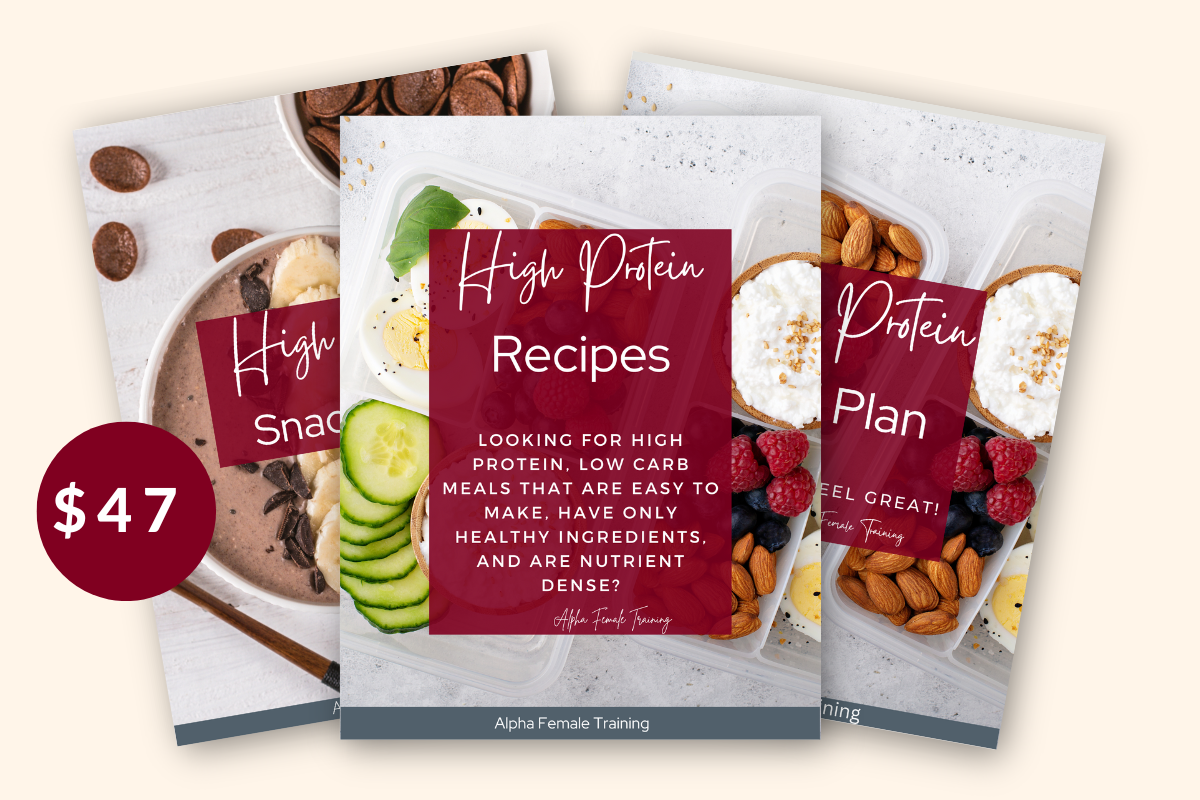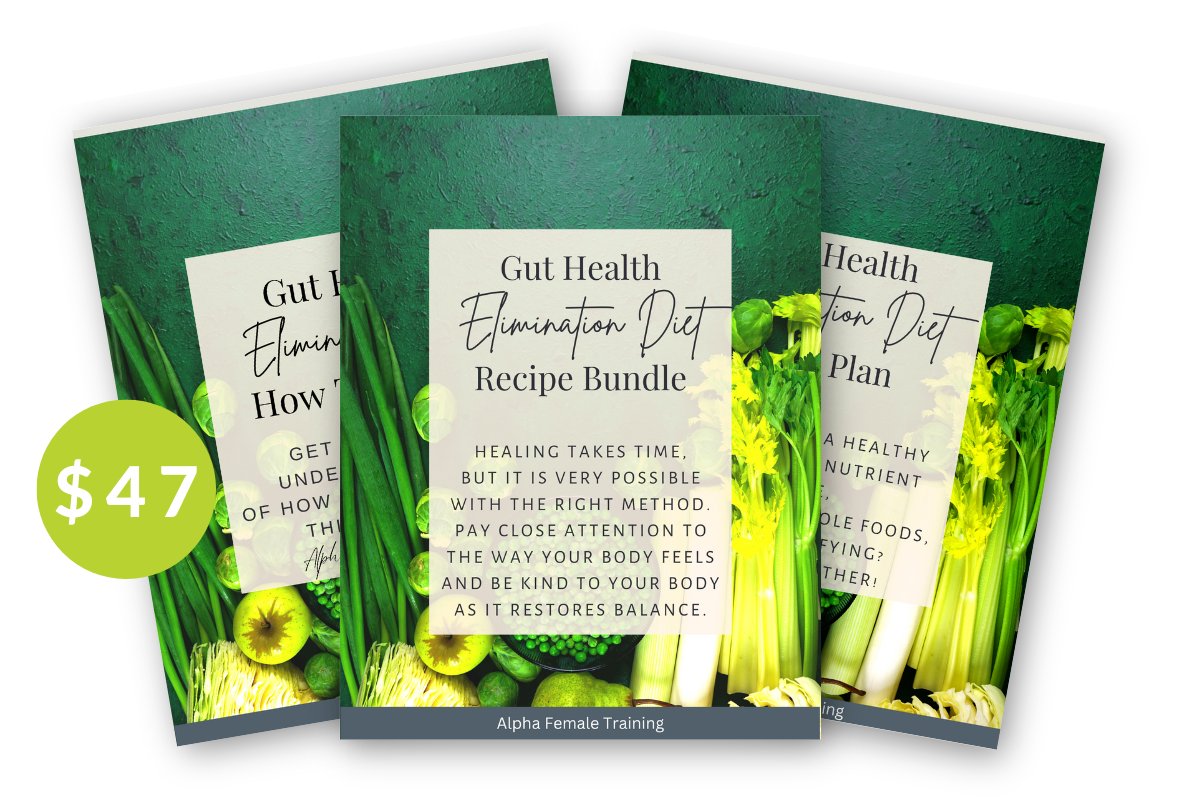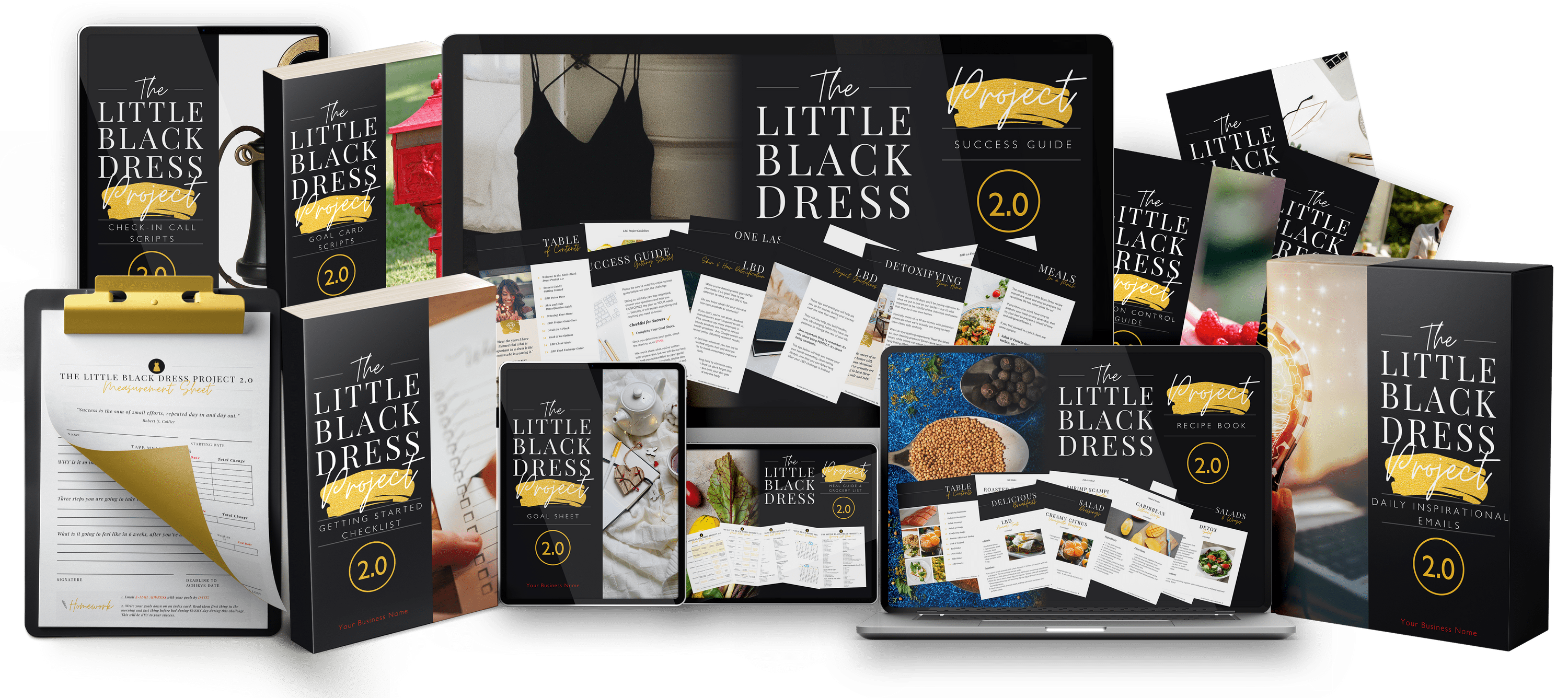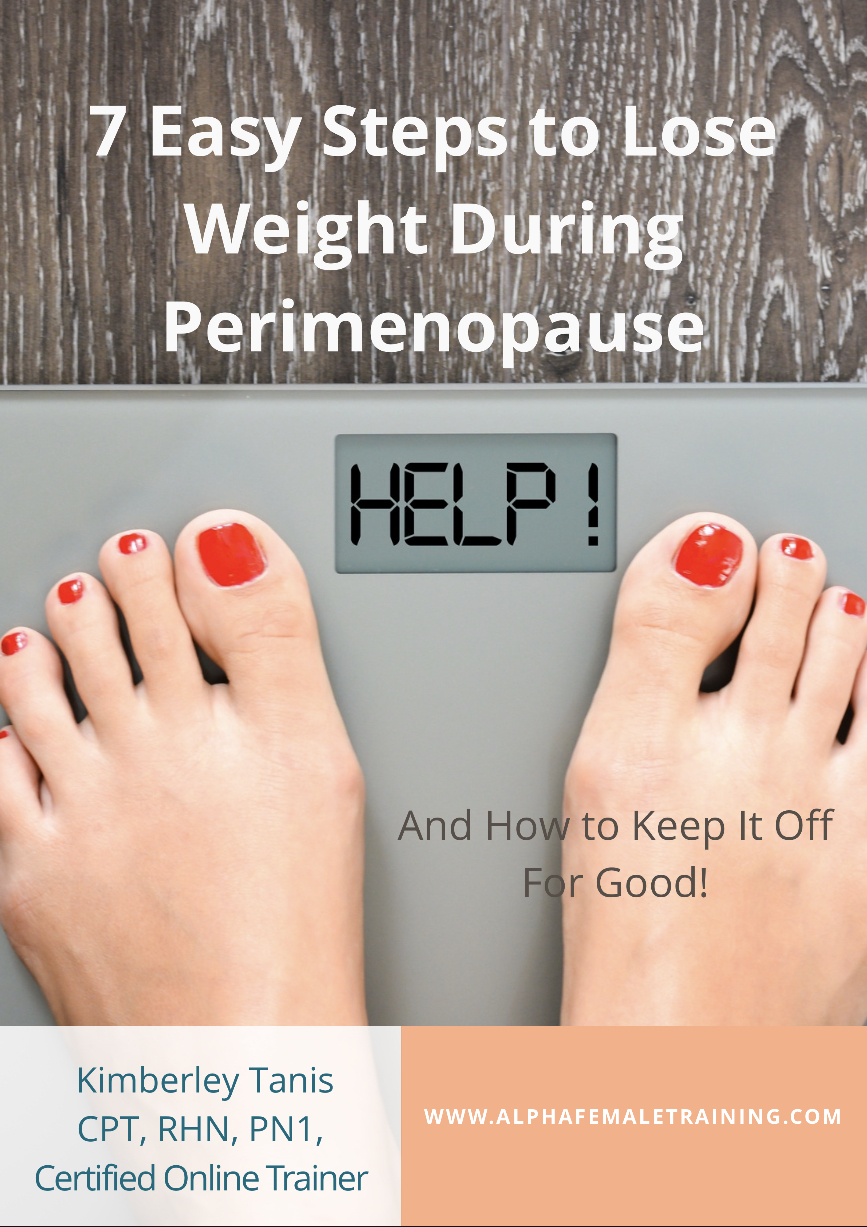Low FODMAP Diet Basics
Are you a woman over 40 wondering what the fuss is about FODMAPs? Don't worry, this isn't just another fad diet. In fact, it's meant to be used as a therapeutic approach to alleviate symptoms of digestive issues. The low FODMAP diet basics can be very beneficial once you understand what they are.
FODMAPs are a type of carbohydrate found in many common foods that can cause intestinal discomfort by attracting fluid and producing gas when they come into contact with gut bacteria. These carbohydrates are poorly absorbed and end up feeding the gut bacteria, leading to uncomfortable symptoms.
Living with gastrointestinal issues can be frustrating and impact your daily life. However, the low FODMAP diet has been shown to be effective for up to 75% of people with IBS, allowing them to regain control of their symptoms and enjoy life again.
If you're considering trying the low FODMAP diet, it's important to know which foods to eat and which to avoid. I've included a super easy, high-protein, gluten-free, dairy-free, FODMAP-friendly recipe to get you started along with a free guide on the basics later on this page.
So, if you're ready to take control of your gut health, let's dive in and learn more about the potential benefits of the low FODMAP diet!
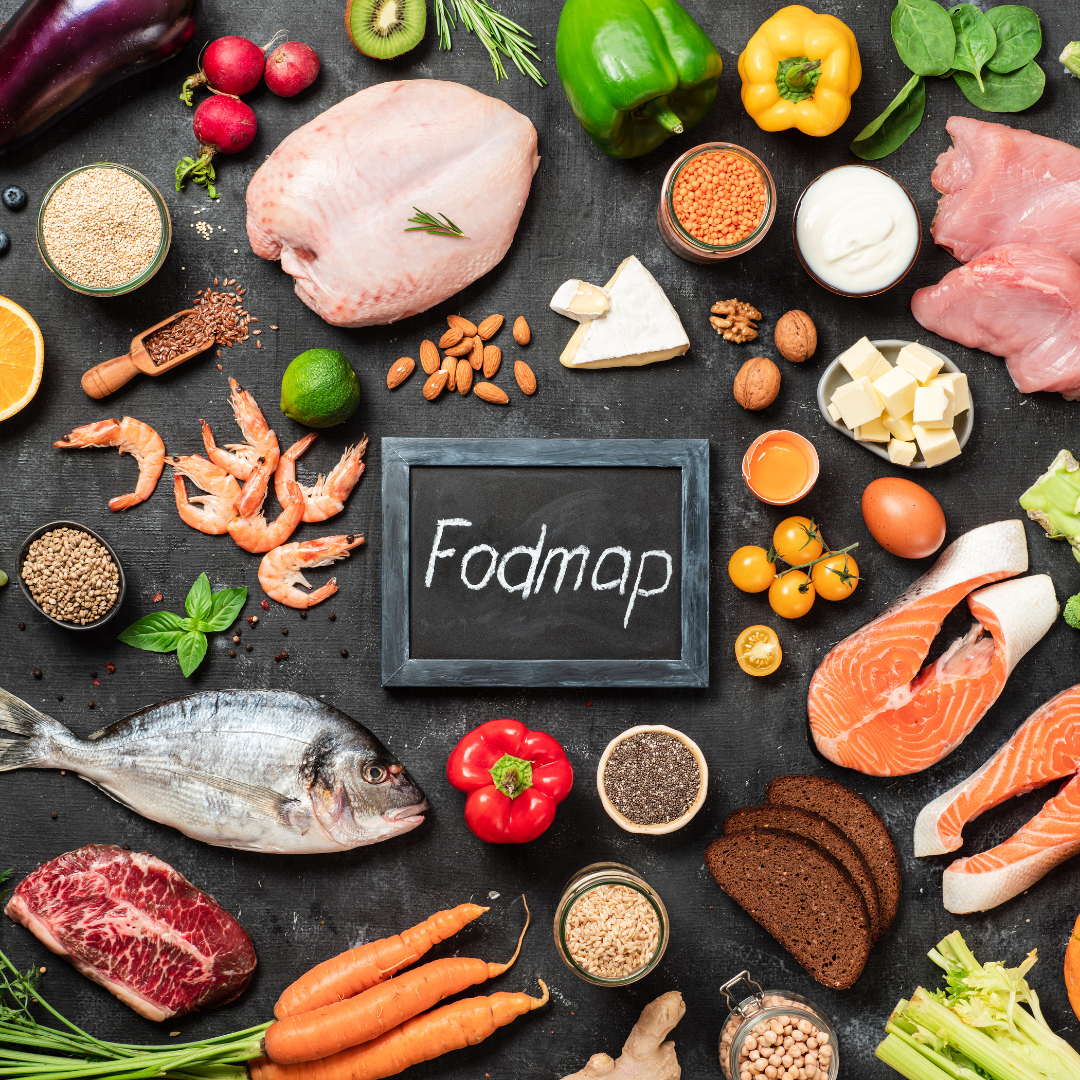
What are the low FODMAP diet basics?
Certain types of foods that contain short-chain carbohydrates can cause the intestines to expand, leading to discomfort in the gastrointestinal tract. These carbohydrates are known as FODMAPs, which stands for fermentable, oligosaccharides, disaccharides, monosaccharides, and polyols.
Fermentable refers to how gut bacteria break down undigested carbohydrates and produce gases such as hydrogen, methane, and carbon dioxide.
Oligosaccharides are divided into two main types: fructo-oligosaccharides (FOS or fructans) found in wheat, rye, onions, garlic, stone fruit, and watermelon, and galacto-oligosaccharides (GOS) found in beans and other legumes.
Disaccharides are classified as FODMAPs only if they contain lactose, which is found in most dairy products like milk, yogurt, and soft cheeses.
Monosaccharides include fructose, which is estimated to not be absorbed properly in one in three people. Examples of foods high in fructose are high fructose corn syrup (HFCS), honey, agave nectar, and apples.
Finally, polyols are sugar alcohols found naturally in some fruit and vegetables and used as artificial sweeteners. These sugar alcohols (e.g. mannitol, sorbitol, maltitol, isomalt, xylitol) are not entirely absorbed by the small intestine, which is why they often cause gastrointestinal symptoms.
The term FODMAPs was coined by researchers at Monash University in Australia after discovering that certain short-chain carbohydrates could cause gastrointestinal discomfort. It's essential to understand which foods contain FODMAPs to help alleviate symptoms and improve gut health.

Why Would the Low FODMAPS Diet Work For Me?
The use of the low FODMAP diet basics as a therapeutic measure has been primarily studied in individuals suffering from irritable bowel syndrome (IBS) . Recent research suggests that this protocol could benefit up to 75% of IBS sufferers, which is a significant breakthrough that could help regain control over their symptoms and allow them to resume their daily routine.
If you're experiencing symptoms of IBS, such as abdominal pain, cramps, gas, flatulence, bloating (especially in the upper abdomen), and changes in bowel movements, you may want to consider adopting a Low FODMAP Diet. However, it is recommended to consult with a qualified health and nutrition professional before making any changes to your diet.
Apart from IBS, a low-FODMAP diet may also provide relief in other gut conditions like Crohn's disease, celiac disease, inflammatory bowel disease (IBD), and small intestinal bacterial overgrowth (SIBO).
If you're looking for a complete guided elimination diet plan look here!
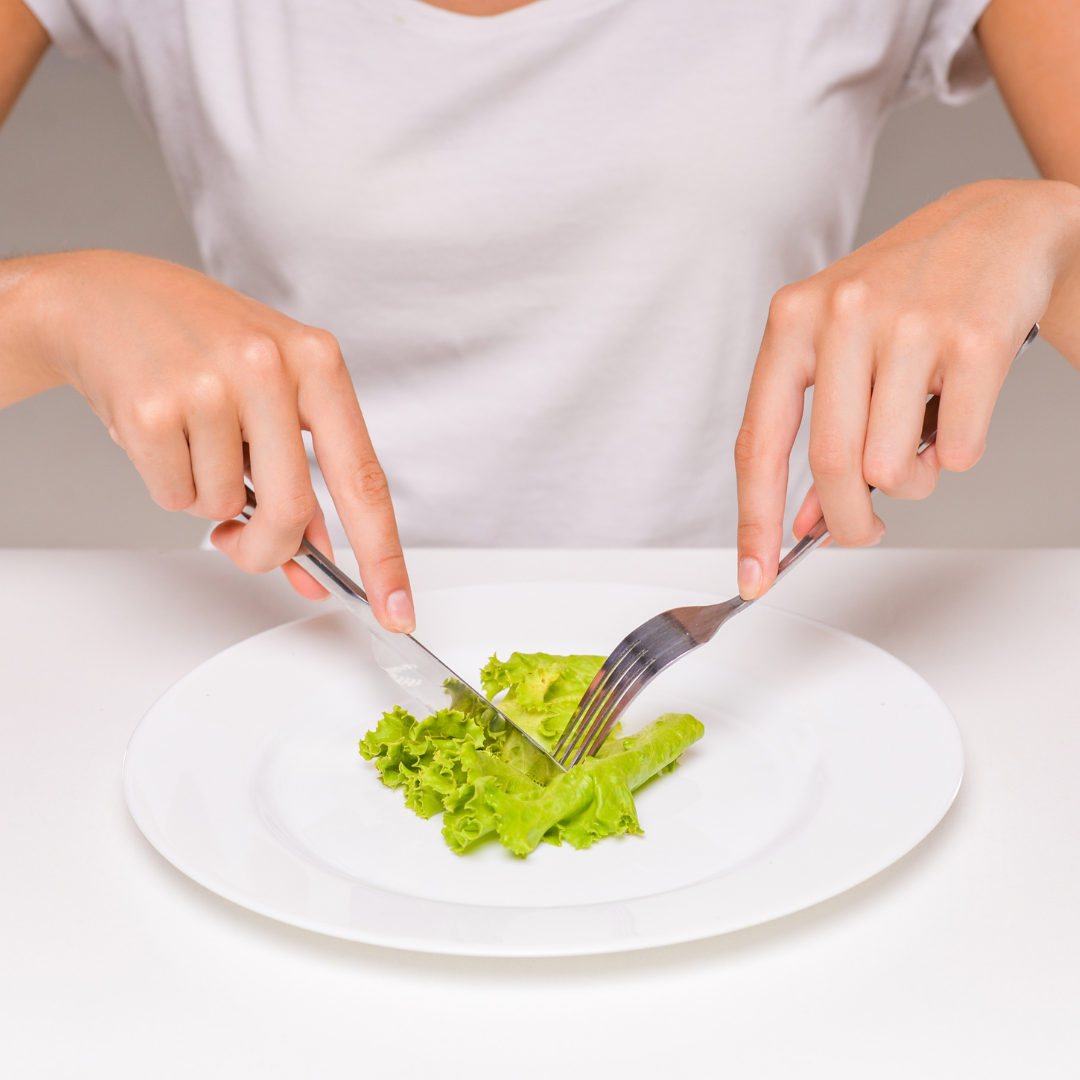
What Can I Eat on a Low FODMAP Basics Diet?
If you’ve ever checked out a list of “high FODMAP foods to avoid”, you’ll know that it’s a lengthy one filled with otherwise healthful foods!
Rather than focusing on that list, here are some Low FODMAP diet basics foods you can enjoy:
→ GRAINS & STARCHES: Gluten-free whole grains like quinoa, rice, gluten-free oats, potatoes & sweet potatoes.
→ FRUIT: Bananas, grapes, berries, and citrus fruit.
→ VEGETABLES: Leafy greens, peppers, carrots, cucumber, sprouts, green beans, tomato, zucchini, squash and herbs.
→ HERBS & SPICES: as chili powder, curry powder, fenugreek, ginger, lemongrass, mustard seeds, pepper, turmeric, saffron, chives & spring onions (green parts only).
→ DAIRY PRODUCTS: Aged cheese or hard cheese (e.g. brie, cheddar, parmesan), and organic lactose-free milk yogurt (in small amounts).
→ SEEDS & NUTS: Chia seeds, pumpkin seeds, Brazil nuts, macadamias, walnuts
→ ALTERNATIVE/NUT MILKS - almond, hemp, quinoa, rice -- and coconut milk in amounts smaller than ⅓ cup.
** Be aware that many milk alternatives have high FODMAP ingredients added like inulin, agave syrup, high fructose corn syrup, molasses, or honey. Read the label!
→ SWEETENERS: maple syrup and coconut palm sugar

How to Stick To a Low FODMAP Diet
You might be feeling overwhelmed and doubting your ability to stick to a strict low FODMAP diet. However, if you suffer from frequent digestive issues that are negatively impacting your quality of life, it may be worth considering FODMAPs as a potential cause.
While the low FODMAP diet basics may not completely alleviate all of your digestive symptoms, it could still provide some relief. The key is to commit to the diet and give it a real effort, even though it may not be easy.
Vegetarians and vegans may face additional challenges due to the restrictions on beans and legumes, which are typically important sources of plant-based protein. To make things easier, try these tips for sticking to the low FODMAP diet:
- Explore and experiment with Low FODMAP recipes - you can check out the one we’ve included!
- Plan, shop and prepare meals in advance - this can be especially important.
- Seek support and guidance from a qualified health professional who is familiar with the low FODMAP diet.
I have some good news for you too! I’ve got an easy and delicious recipe that is not only low FODMAP but also gluten- and dairy-free. It’s definitely worth a try even if you’re not following a low FODMAP diet!
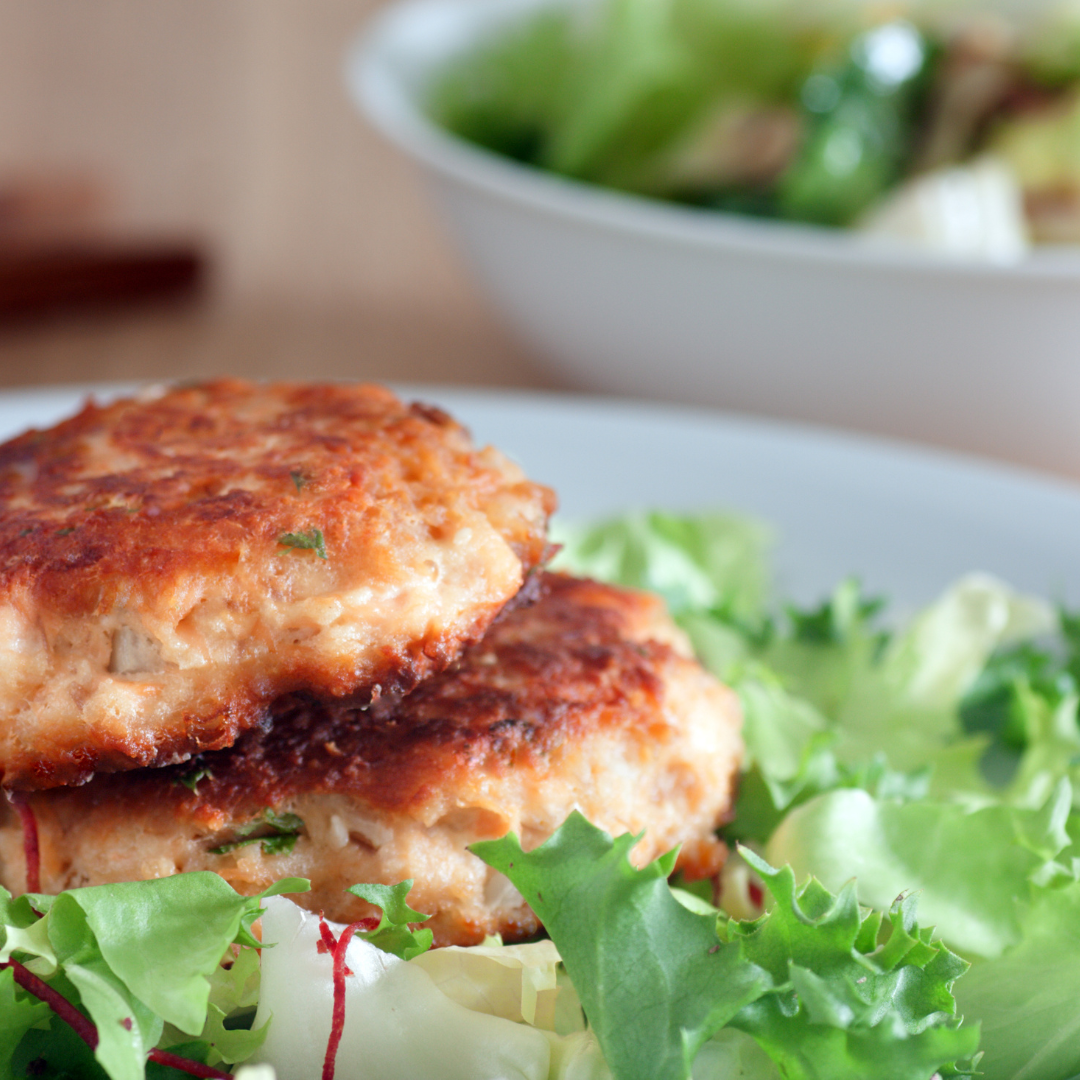
Low Fodmap / High Protein Salmon Patties Recipe
Ingredients
5 oz salmon (canned or finely diced cooked salmon, skin off)
1/3 cup sweet potato, squash, or pumpkin (cooked & pureed or mashed)
3-4 tbsp quinoa, buckwheat or millet flour (see notes in preparation)
1/4 tsp curry powder
1/4 tsp smoked paprika
1/4 tsp sea salt
1/4 tsp black pepper
1 rosemary sprig and/or 1 tsp dried dill
2 whole eggs, beaten
1 tbsp avocado oil, butter or ghee (for the skillet)
Preparation
Mash up the salmon - and if you’re using fresh rather than canned, remove the skin.
Place your salmon in a bowl and then add in your mashed or pureed veggies. You can used canned pumpkin or sweet potato for extra fast prep. Mix well.
Add in low FODMAP flour of choice 1 tablespoon at a time. You will need only 3-4 tbsp depending on the type of salmon you use. Then mix in herbs and seasonings. Mix well together.
Add in the eggs, and mix well by hand until it’s thick enough to be able to form small patties. If it’s too mushy, add 1 more Tb flour.
Form into 5 equal balls.
Place on parchment paper, and press into 1-inch thick patties/cakes.
Grease skillet with oil, butter or ghee and heat over medium-high heat.
Once heated, add patties and cook for 3-4 minutes on each side or until the salmon is cooked thoroughly (if using fresh ground fish). *If using canned salmon, only 2-3 per side is needed.
If desired, serve with your choice of low FODMAP condiment, but they really are delicious as is!






